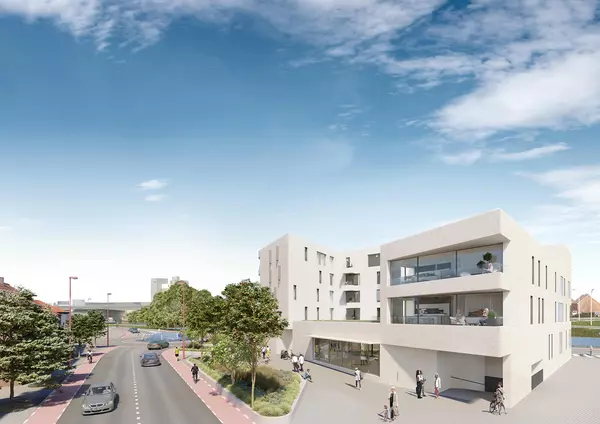Careful treatment timing can improve results against oral cancer, UCSD study says
Nearly half of patients with cancers that affect cells in and around the mouth and nose end up dying from them. But researchers at UC San Diego in La Jolla hope a new targeted treatment method can improve the odds of successful outcomes.
Findings focused specifically on oral cancer, one type of head and neck squamous cell carcinoma, or HNSCC, were published in Nature Communications on July 7. A statement from UCSD says the findings demonstrate that the precise timing of two different treatments can protect tumor-draining lymph nodes, helping to mediate the immune system’s response to the tumor and improve treatment.
While testing treatments on mice with oral cancer, radiation therapy that preserved tumor-draining lymph nodes followed by immunotherapy made tumors undetectable in 15 of the 20 subjects. In all the mice, a stronger immune response was triggered as CCR7+ dendritic cells migrated from tumors to lymph nodes.
Leading the study were head and neck surgeons Robert Saddawi-Konefka and Joseph Califano, interim chairman of the Department of Otolaryngology at the UC San Diego School of Medicine.
“One of the key challenges in treating people with immunotherapy is that in head and neck cancer, combining immunotherapy with radiation has not improved outcomes,” Califano said. “And what we’ve realized is that radiation can actually injure immune cells and prevent immunotherapy from working against tumors.”
But using highly targeted radiation and proper sequencing is the key to the new study’s success, he said.
“We have to keep these … immune cell factories intact to make sure immune therapies and radiation therapies, when combined, will work well together,” Califano said.
So far, he said, the findings are “groundbreaking” and provide a road map for designing clinical therapy.
“We treated maybe two or three patients where we gave them immune therapy, then radiation and immune therapy. But when we did this study with mice, we realized that was probably not the best sequence,” Califano said. “So we actually changed the trial, where it was radiation first, followed by immune therapy. And that clinical trial showed dramatic results.”
The trial — done in collaboration with the Providence Cancer Institute of Oregon and its executive medical director, Dr. R. Bryan Bell — is being advanced into a possible national clinical trial. The ultimate goal, Califano said, is to examine the concepts with larger, multi-institutional trials.
Another study focusing on CRR7+ dendritic cells will be published in abstract form soon, followed by a full manuscript. And it appears it won’t be the last.
“There is generalizability, because this phenomenon, where we see tumors coordinating their immune response through draining lymph nodes, is true of multiple different types of solid tumors — not just neck, but breast, colorectal, lung,” Califano said. “All those tumors most likely have that same biology, so these results and these concepts can be applied to a lot of different tumor types.” 
Related story:
High cannabis use may inflate the threat of oral cancer, UCSD study suggests
Categories
Recent Posts










GET MORE INFORMATION


